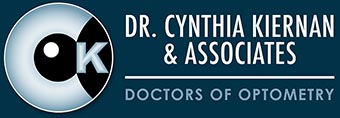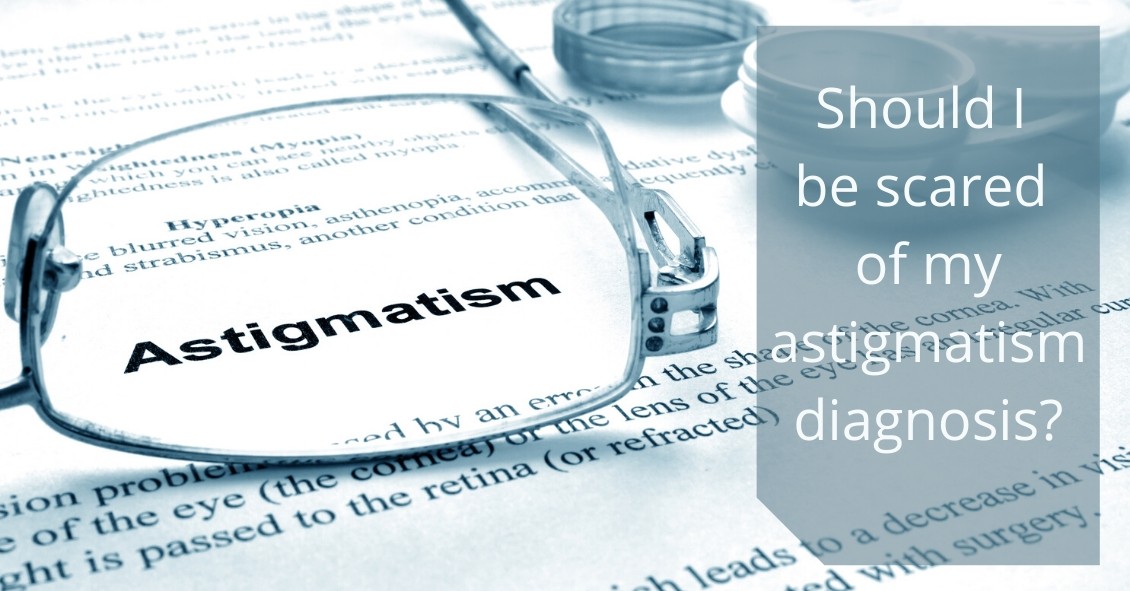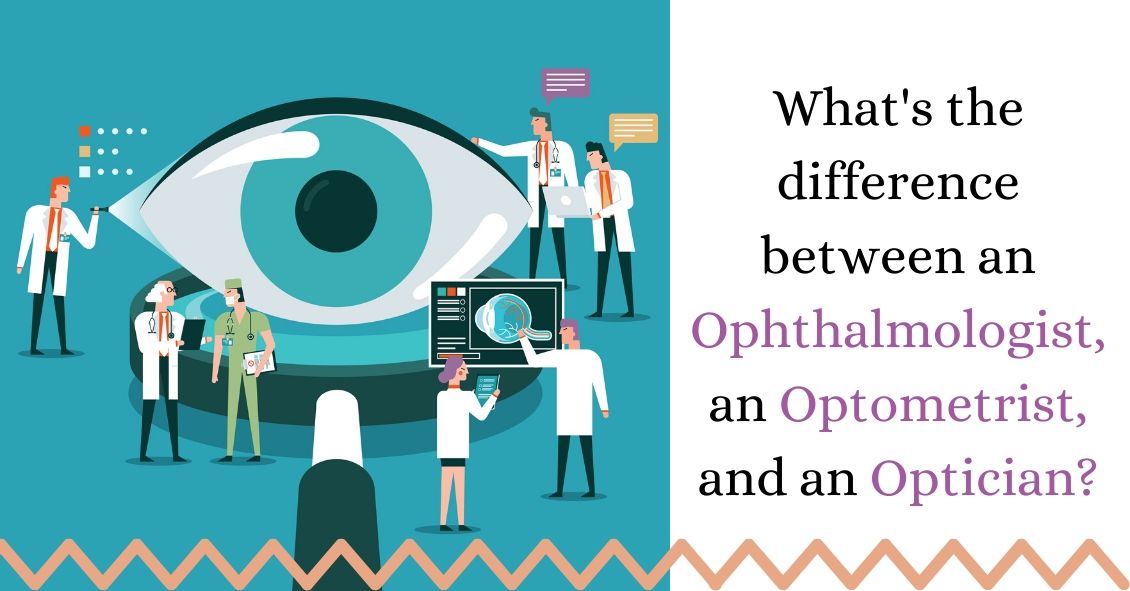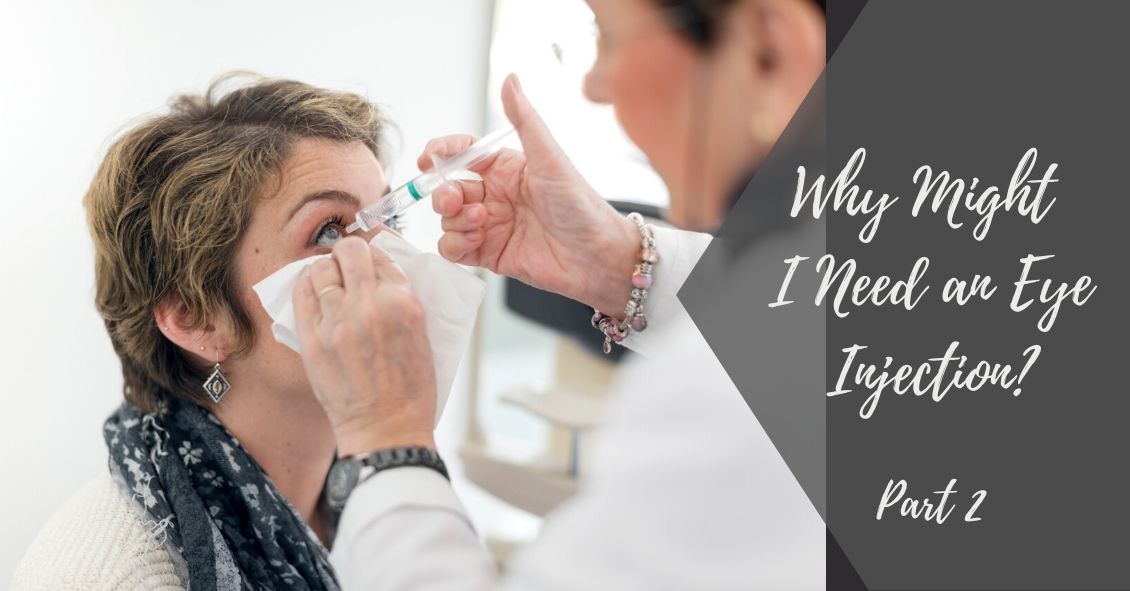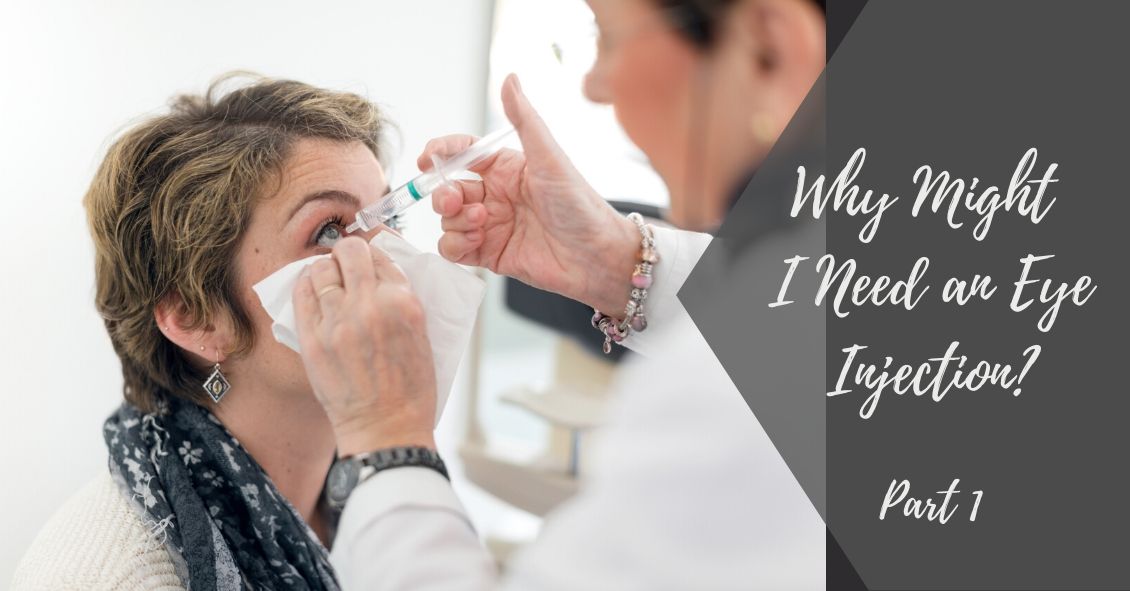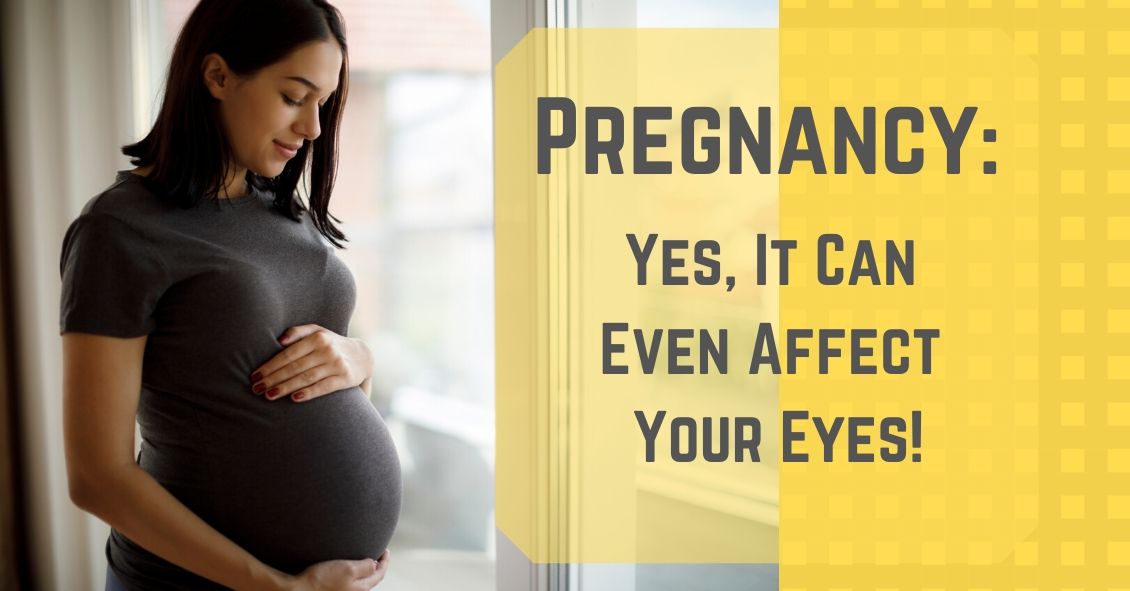Sports and Eye Injuries
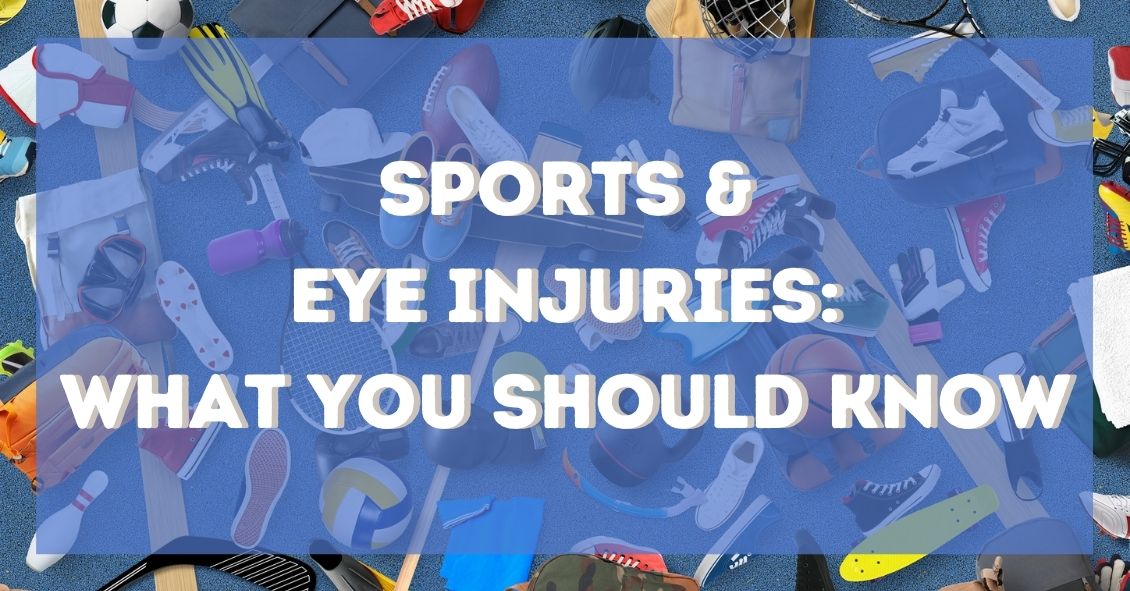
If you were to do a Google news search for sports-related eye injuries today, chances are you'd find multiple recent stories about some pretty scary eye injuries. Whether they are professionals, high school or college athletes, or kids in community sports programs, no one is immune to the increased danger sports brings to the eyes.
Here are some facts about sports-related eye injuries:
- Eye injuries are the leading cause of blindness in children in the United States and most injuries occurring in school-aged children are sports-related.
- One-third of the victims of sports-related eye injuries are children.
- Every 13 minutes, an emergency room in the United States treats a sports-related eye injury.
- These injuries account for an estimated 100,000 physician visits per year at a cost of more than $175 million.
- Ninety percent of sports-related eye injuries could be avoided with the use of protective eyewear.
Protective eyewear includes safety glasses and goggles, safety shields, and eye guards designed for individual sports.
Protective eyewear lenses are made of polycarbonate or Trivex.
Ordinary prescription glasses, contact lenses, […]
